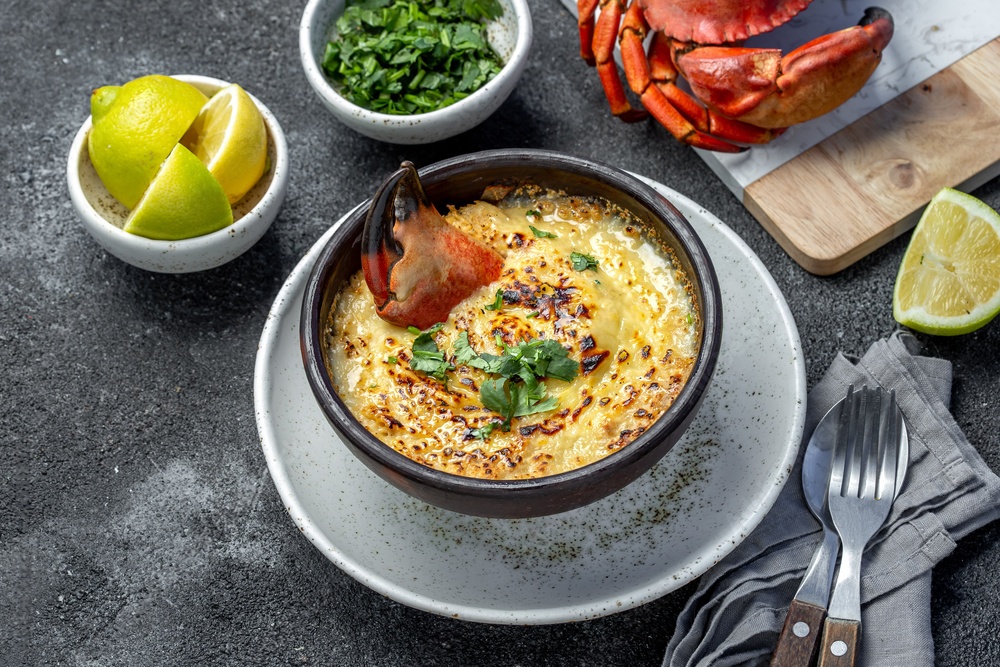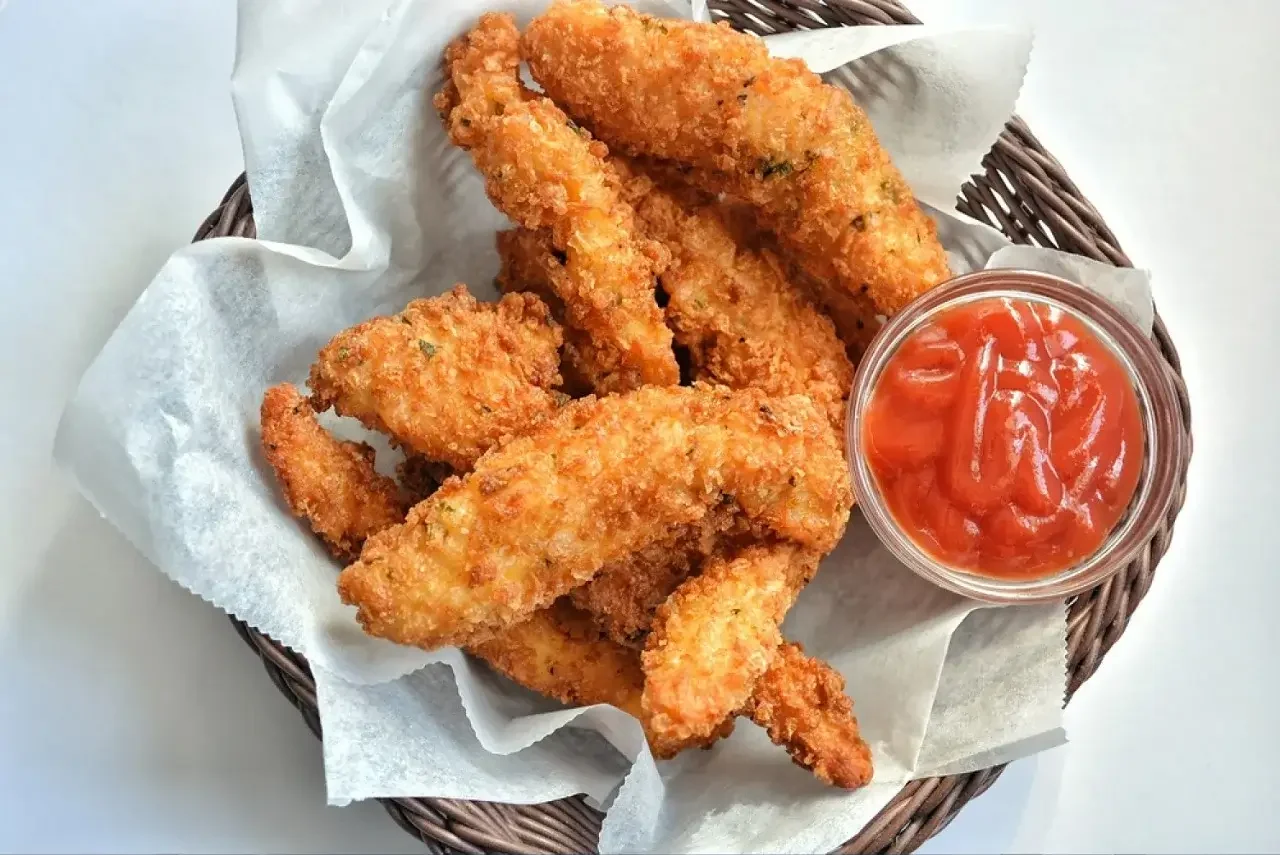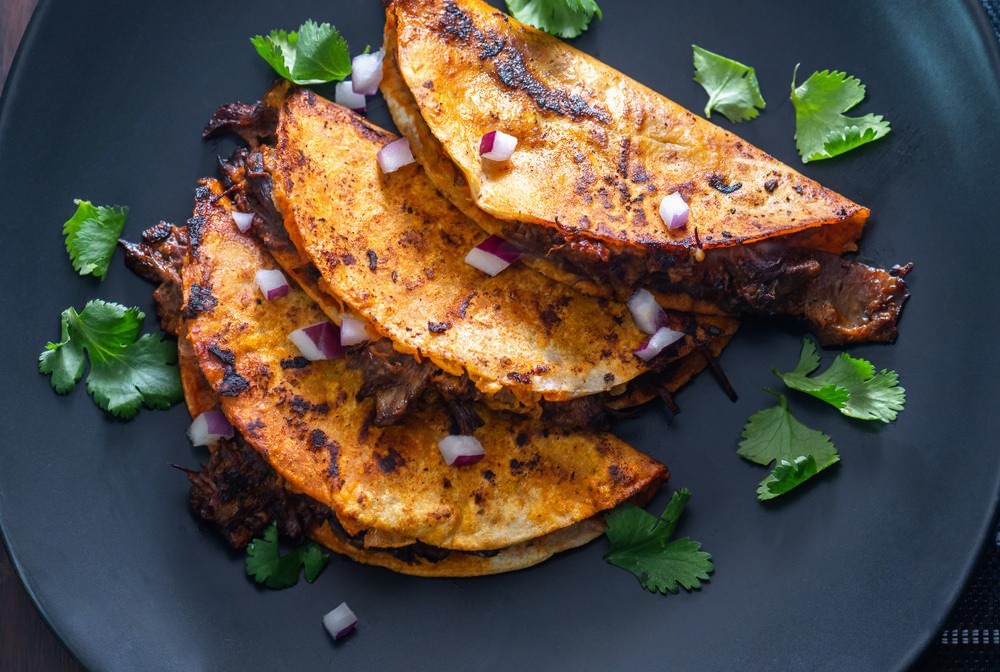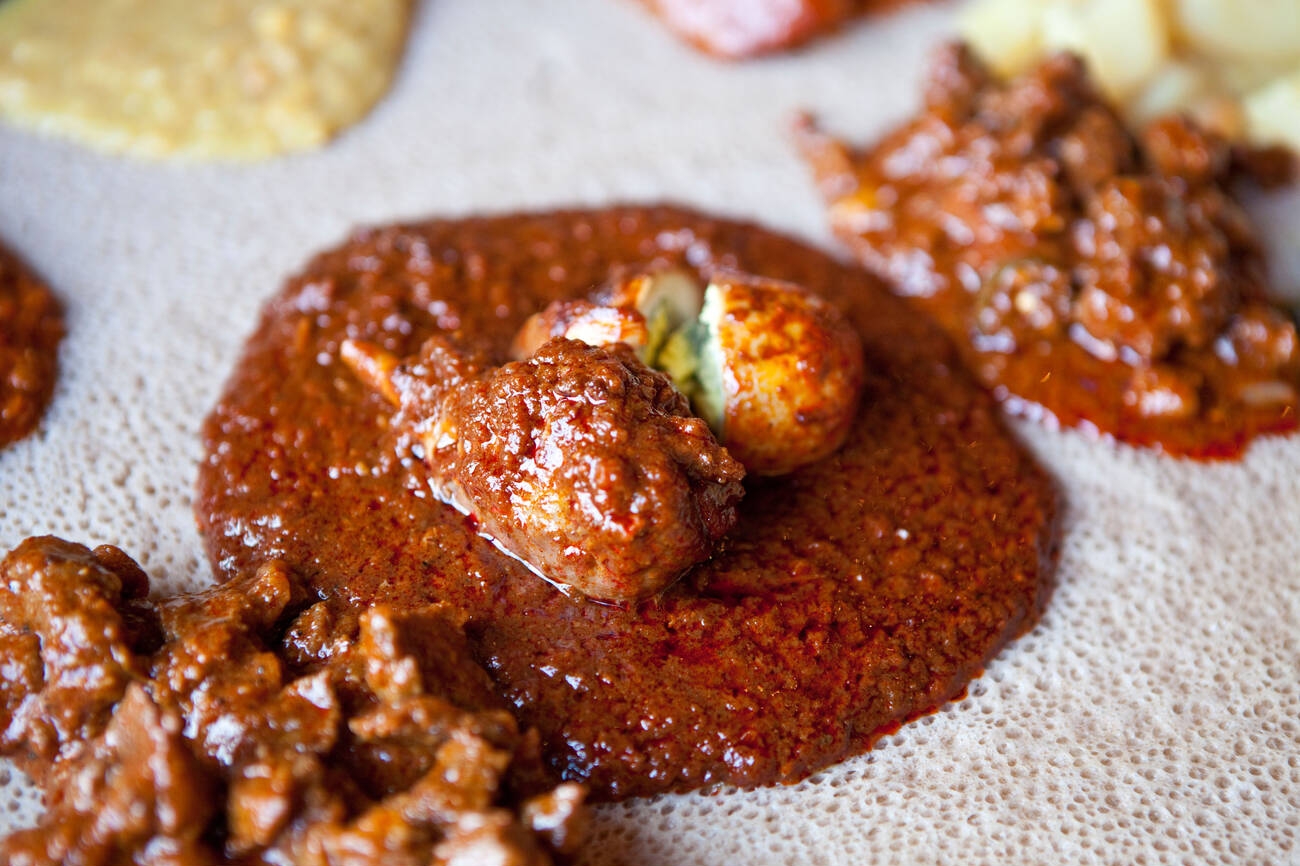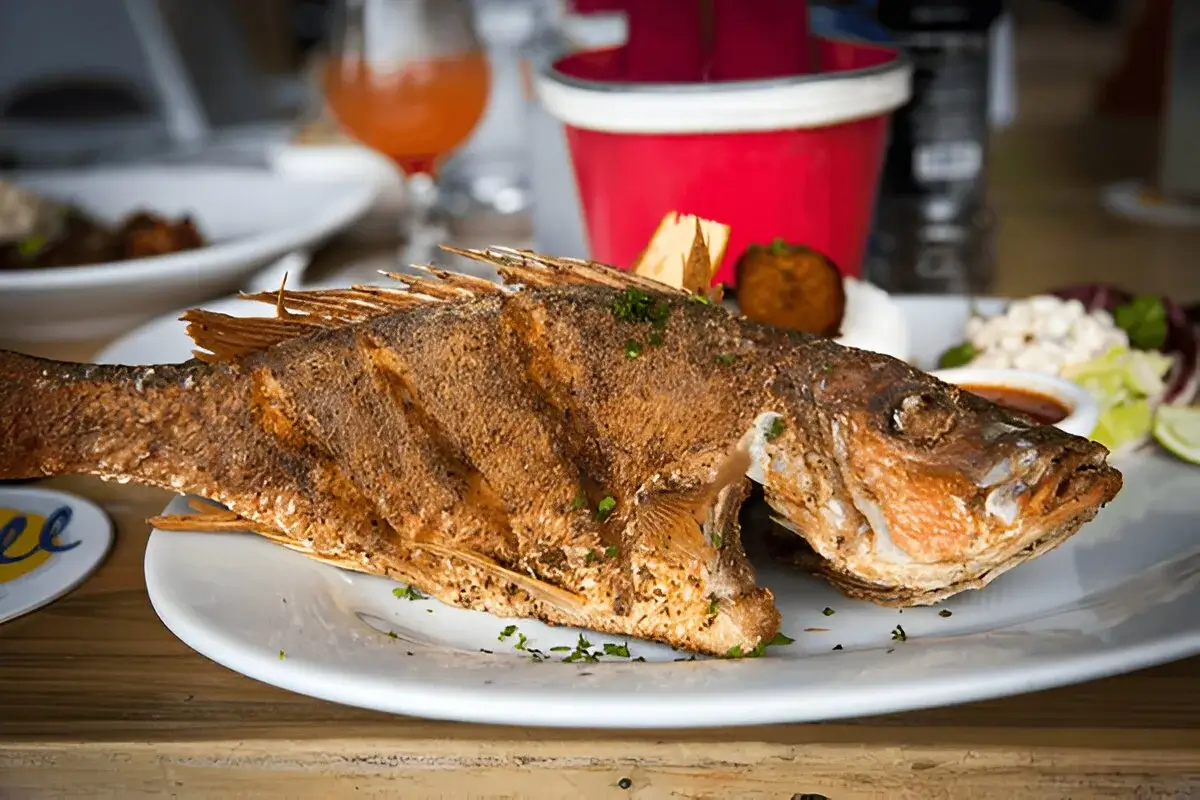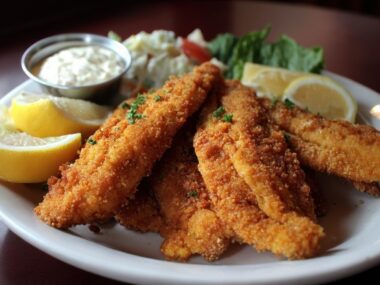Crème brûlée. That golden, caramelized sugar crust on top of a silky, smooth custard. It’s the fancy dessert we order when we want to feel like we understand French food. But what if we flipped the script completely?
Say hello to crab brulee recipe — the savory-meets-sweet flavor bomb you didn’t know your dinner table needed. We’re taking the beloved texture of classic crème brûlée and fusing it with lump crab meat, a little umami magic, and just a whisper of sweetness that makes it… well, unforgettable.
Now, if you’re wondering if we’ve lost our minds — dessert with seafood? Trust the process. Because this ain’t your basic custard. This is coastal gourmet with a blowtorch twist.
What Is Crab Brulee?
A crab brulee recipe isn’t dessert. It’s not something you serve next to chocolate cake.
It’s an appetizer or small plate that sits somewhere between a crab dip and a creamy seafood flan. You spoon through a slightly crunchy, torched topping and land in a rich, custardy base packed with sweet crab flavor.
Some versions use a cheese crust, others stick with a sugar shell for a shocking contrast. You’ll see it at chef-y spots or popping up in molecular food corners, but honestly? You can totally make this at home with stuff you probably already have — plus some fresh crab.
Main Crème Brûlée Ingredients (Before the Crab Enters the Chat)
Whether you’re making the sweet or savory version, the core of crème brûlée doesn’t change all that much. At its heart, it’s a rich custard baked low and slow with a caramelized topping.
For this crab version, we keep the classic texture but mess around with the flavors.
Here’s your base blueprint:
- Egg yolks – These bring the structure. They’re the main setting agent.
- Heavy cream – The good stuff. Thick, luxurious, not skim milk. If you’re asking What type of cream is best for crème brûlée? this is your answer: full-fat heavy cream.
- Salt + pepper – Yeah, seasoning matters, even in custard.
- Crab meat – Use lump or jumbo lump if you’re feelin’ fancy. Avoid imitation crab unless you’re in survival mode.
- Lemon zest, herbs, or Old Bay – This is where you can start playing with flavor. Want to make it feel like a crab boil recipe with eggs? Toss in a whisper of garlic or Cajun spice.
Now, some versions sneak in grated parmesan, or even a dab of cream cheese to make it richer. That’s totally up to you.
Easy Crab Brulee Recipe
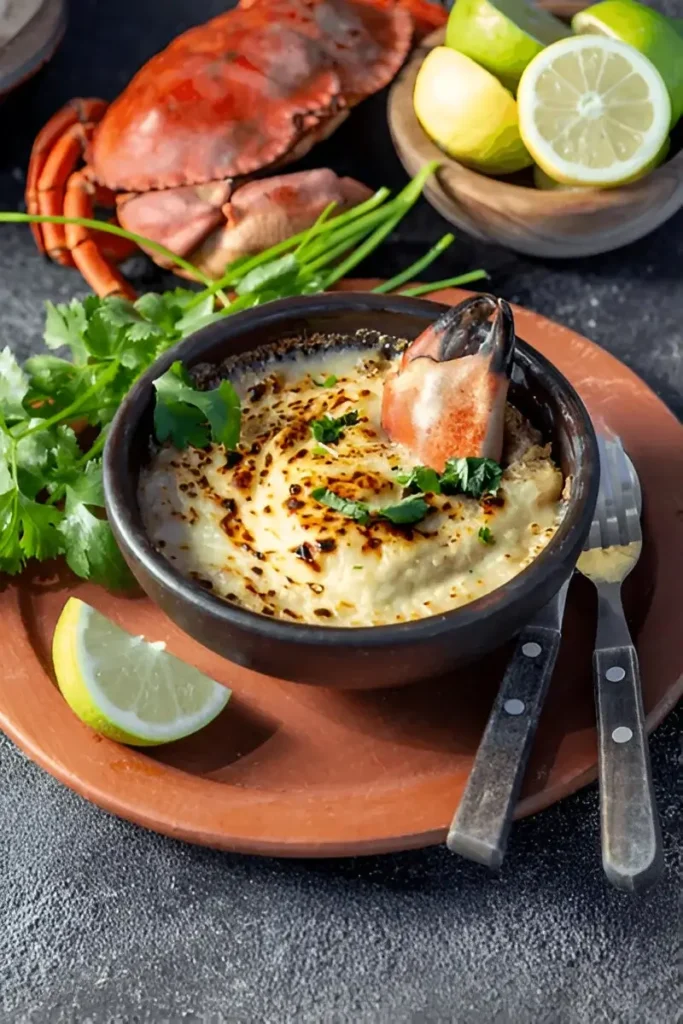
Ingredients
- 1 cup lump crab meat (make sure it’s real crab, and pick out any shell bits)
- 1½ cups heavy cream
- 4 large egg yolks
- 1 tablespoon grated parmesan cheese (optional, but gives a deep umami hit)
- ½ teaspoon fresh lemon zest
- 1 teaspoon fresh chives, finely chopped
- A pinch of Old Bay seasoning
- Salt & freshly cracked black pepper, to taste
- Raw sugar or finely grated parmesan, for the brûlée topping
Instructions
Preheat the Oven
- Set your oven to 300°F (150°C). Start heating a kettle or pot of water — you’ll need hot water for the water bath.
Warm the Cream
- Pour the heavy cream into a small saucepan and heat it over medium-low heat just until you see tiny bubbles around the edges. Do not boil. Turn off the heat and set it aside.
Tip: Warming the cream makes it easier to blend with the yolks and prevents curdling.
Whisk the Yolks & Flavor
In a medium mixing bowl, whisk together:
- 4 egg yolks
- A pinch of salt and pepper
- Lemon zest
- Old Bay seasoning
Whisk until smooth and a little paler in color — about 1 minute.
Temper the Eggs
Now for the “don’t scramble your yolks” part.
- Start slowly streaming in the warm cream into the egg mixture while whisking constantly. This is called tempering. You’re warming up the eggs gradually so they don’t cook on contact.
Optional: Strain the mixture through a fine mesh sieve into a clean bowl for that silky-smooth texture.
Add the Savory Stuff
Stir in:
- The lump crab meat (make sure it’s well-drained and shell-free)
- Chopped chives
- Grated parmesan, if using
Gently fold everything in until well combined. Avoid overmixing.
Fill the Ramekins
- Place your ramekins on a deep baking dish or roasting pan. Pour the mixture evenly into the ramekins, leaving about ½ inch at the top.
Create a Water Bath (Bain-Marie)
- Carefully pour hot water into the baking dish, around the ramekins — about halfway up the sides. This gentle bath helps the custard cook evenly and prevents cracking.
Tip: Use hot tap water or water from a kettle, but don’t pour boiling water directly onto the ramekins.
Bake
Slide the whole dish carefully into the oven. Bake for 30 to 35 minutes, or until:
- The edges are set
- The center still has a slight jiggle (like Jell-O)
Remove from oven and carefully lift ramekins from the water. Let them cool on a wire rack for about 30 minutes.
Chill
- Transfer the ramekins to the fridge. Chill for at least 2 hours (overnight works too). This is where the magic happens — it firms up into that silky, custardy texture.
Torch the Top
Right before serving:
- Sprinkle a thin, even layer of raw sugar or grated parmesan over each ramekin.
- Use a kitchen torch to caramelize the top until golden and crisp. If you don’t have a torch, place them under a hot broiler for 1–2 minutes, watching closely.
Tip: Spin the ramekin as you torch to get even coverage.
That’s It!
You just made a savory crab crème brûlée that would make a restaurant chef do a double-take. Creamy, rich, with that crispy top — and you didn’t even break a sweat.
Serve with a hunk of toasted sourdough, or just eat it with a spoon in your kitchen like a boss.

What’s the Difference Between Crème Brûlée and Custard?
People get this twisted all the time. The quick take?
- Custard is the category. If it’s creamy and made with eggs and dairy, it’s probably a custard.
- Crème brûlée is a specific type of custard. What makes it special? That torched sugar crust. It’s the showstopper.
So yeah, all crème brûlée is custard — but not all custards get the fire treatment.
The Secret to Crème Brûlée (And Crab Brulee, Too)
You might think it’s the torch or the cream or even the fancy ramekins. Nope.
The real secret? Low and slow baking. You bake your mixture in a water bath, usually around 300°F, just until it barely sets. The center should still wiggle slightly when you shake it. Overbake it and it’ll go scrambled. Underbake it and you’ll be serving soup.
Same rule applies whether you’re going sweet or savory. Want it smooth like butter? Don’t rush it.
Pro Tips & Variations
- Want to lean more seafood-boil-style? Use Cajun seasoning instead of Old Bay and mix in a bit of corn or finely diced shrimp.
- Not into sugar on top? Try grated Gruyère or parmesan as your “brulee” topping and torch that for a cheesy crust.
- Wanna make it bougie? Serve it with a warm gipfeli (a buttery Swiss-style croissant roll) or a side of herbed fish food recipe crumbs for crunch.
Serving Ideas That Actually Make Sense
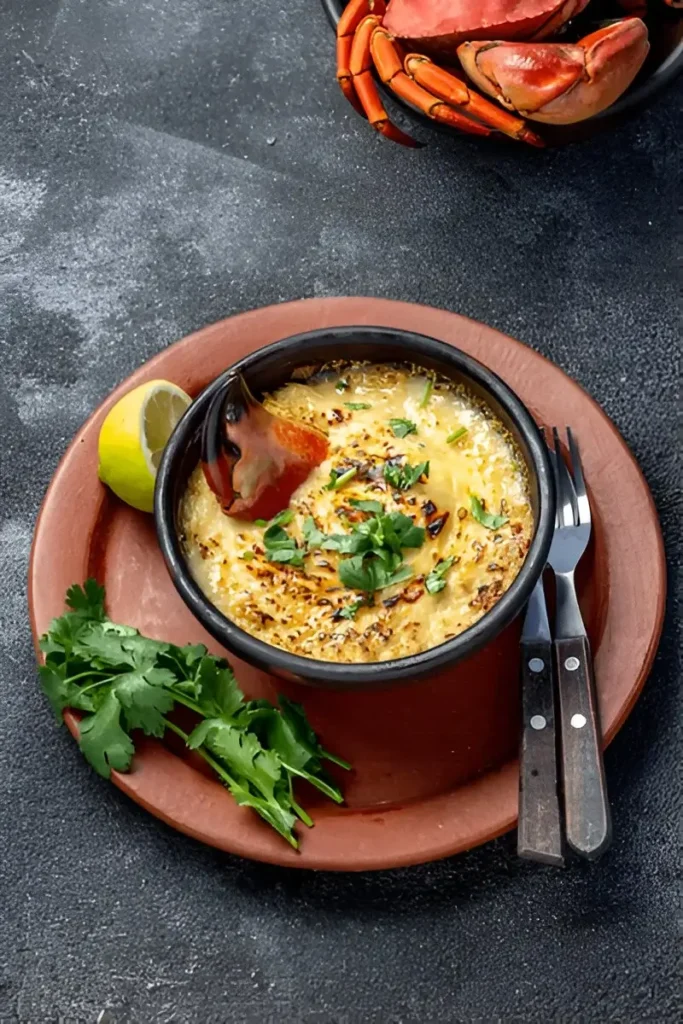
So now that you’ve got this creamy, savory masterpiece chilling in your fridge, the big question is — what do you serve it with? Crab brulee’s got personality. You don’t want to drown it out with anything too loud, but you also don’t want it sittin’ there all lonely on the plate.
Here’s what works:
- Buttery crostini or toast points — Give your guests something to scoop with. Nobody’s mad about toast and crab.
- A light salad with citrus — Think arugula, a splash of lemon vinaigrette, and maybe some shaved fennel if you’re feelin’ extra.
- Wine pairings — A crisp white like Sauvignon Blanc or a dry sparkling wine goes great with both the richness of the custard and the sweetness of the crab.
Want a wild idea? Serve it next to a small ramekin of sweet crème brûlée. Sweet and savory. Yin and yang. If you’re feeling bold, people will talk about that dish.
How to Store & Reheat Your Crab Brulee
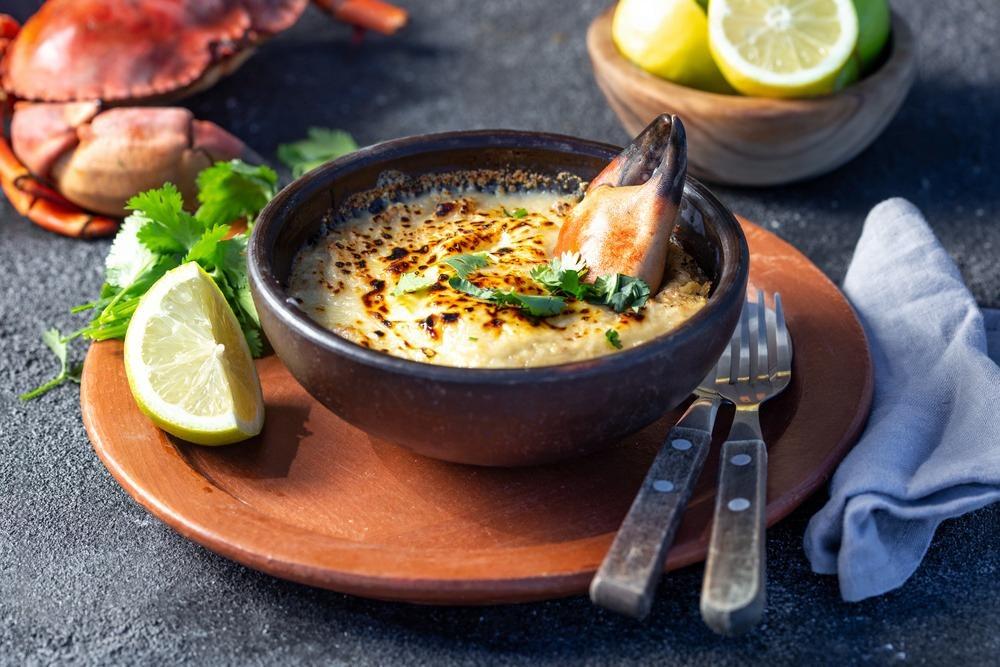
Honestly, this one’s best eaten fresh. But if you made a few extra (smart move), keep them chilled in the fridge, before torching the top. Wrap ‘em in plastic wrap to avoid that weird fridge taste.
When you’re ready to serve:
- Let the ramekin sit at room temp for about 15–20 mins
- Sprinkle your sugar or cheese
- Torch it until golden and bubbly
- Don’t try microwaving. It ruins the texture.
You want that smooth custard under a crisp crust — not rubber with burnt sugar.
Troubleshooting Your Crab Brulee Recipe: Texture, Torch & Taste Tips
- Runny center? You may have underbaked. The custard should jiggle, not slosh.
- Cracked top? That’s overbaking or skipping the water bath. Don’t rush it.
- No torch? Use the broiler. It’s not perfect but will do in a pinch. Keep it close and watch it like a hawk.
- Fishy taste? Make sure your crab is fresh. Day-old crab kills flavor and vibe.
Variations & Substitutes: No Torch? No Problem.
Not everyone’s got a fancy kitchen torch — no shame. Use your broiler, or even a hot spoon pressed over a cheese crust to caramelize. Other swaps?
Want it cheesier? Mix in a bit of gruyère or aged cheddar for kick.
No heavy cream? Use half-and-half, but it might be slightly less rich.
No ramekins? Use a muffin tin with foil lining.
No fresh crab? Go canned, but drain and pat dry first.
Want more heat? Add a pinch of cayenne or paprika.
Inspired by Global Flavors: Spice Bangla & More
There’s a lotta buzz around fusion cooking lately. You’ve probably seen folks riffing on traditional Bangladeshi recipes in new ways — enter: the Spice Bangla recipe scene. They’ve taken humble, home-cooked flavors and turned them into creative masterpieces.
So what if we brought that same spice logic into this crab brulee recipe?
- Add a little ground mustard seed or garam masala to the base
- Finish with a pinch of smoked paprika for depth
- Swap chives for cilantro or curry leaves
You’re suddenly working with layers of flavor you didn’t even know belonged in a custard. That’s the power of merging global comfort food with classic French technique.
Crab Boil Recipe Vibes in Brulee Form
Okay, let’s talk about that crab boil recipe with eggs everyone loves during backyard get-togethers.
What if we translated that into a flavor profile for our brulee?
- A touch of garlic butter in the cream
- Boiled egg yolk, mashed and whisked into the custard for added richness
- A few bits of corn or even tiny potato cubes in the mix
- And of course, crab meat tossed in lemon, parsley, and a hit of Cajun seasoning
You’re not recreating a boil — you’re hinting at it in a fancy little cup. It’s like taking your summer seafood tray and putting it in a tuxedo.
And if that inspires you to go full-on crab leg boil recipe in oven mode later in the night — we’re not stopping you. In fact, that’s dinner AND a show.
Where Does Crème Brûlée Come From? And Why Add Crab?
Crème brûlée has its roots deep in French kitchens. Classic version? Sweet, creamy, topped with burnt sugar. But modern chefs have twisted it into something bold — like this savory version with crab.
Why crab? Seafood’s natural sweetness and delicate meat balance beautifully with the creamy base. Add in some herbs, maybe a whisper of garlic or shallots, and you’ve got a starter that tastes like a 5-star surprise.
Why Crab Brulee Recipe Works
Crab brulee is a risk — no lie. It’s not something your aunt’s bringing to Thanksgiving. But it works. It combines:
- French technique
- Coastal ingredients
- Aromatics that play well with both sweet and savory notes
- And yeah — a little bit of show-off flair when you whip out that blowtorch
Whether you’re drawing inspiration from a creme brulée receita you found online or putting your own spin with a gipfeli recipe on the side, it’s a dish that gets people talking.
And honestly? That’s the best kind of recipe.
FAQs Corner: Burning Questions, Brulee Answers
What’s the difference between crème brûlée and custard?
Crème brûlée is custard. The only real difference is that caramelized topping. Classic custard? Smooth and simple. Crème brûlée? Smooth with that crunchy burnt-sugar drama.
What is the secret to crème brûlée?
Gentle heat. Don’t rush it. Bake it slow in a water bath. And when you torch the top, keep the flame moving so it doesn’t burn one spot too fast.
What type of cream is best for crème brûlée?
Always go with heavy cream. Not light cream. Not milk. The fat content is what makes it rich and velvety.
Is this recipe sweet or savory?
This crab brulee recipe is savory with a tiny touch of sweetness — just enough to echo traditional crème brûlée. You can make it more dessert-y or more cheesy depending on your mood.
One Last Thought Before You Torch It
Food’s not just about filling your stomach. It’s about surprise. About trying something new and saying, “Wait — crab… in a brûlée?!” And then realizing it just works.
So don’t be afraid to make mistakes. Try it once. Try it with cheese instead of sugar. Use fresh herbs one time, smoked paprika the next. The whole point of this crab brulee recipe is to explore. To bend the rules a little.
And if you loved it? Make it again. Share it. Put your own twist on it.
Just don’t skip the torch.
Print
Easy Crab Brulee Recipe
Ingredients
- 1 cup lump crab meat (make sure it’s real crab, and pick out any shell bits)
- 1½ cups heavy cream
- 4 large egg yolks
- 1 tablespoon grated parmesan cheese (optional, but gives a deep umami hit)
- ½ teaspoon fresh lemon zest
- 1 teaspoon fresh chives, finely chopped
- A pinch of Old Bay seasoning
- Salt & freshly cracked black pepper, to taste
- Raw sugar or finely grated parmesan, for the brûlée topping
Instructions
Preheat the Oven
- Set your oven to 300°F (150°C). Start heating a kettle or pot of water — you’ll need hot water for the water bath.
Warm the Cream
- Pour the heavy cream into a small saucepan and heat it over medium-low heat just until you see tiny bubbles around the edges. Do not boil. Turn off the heat and set it aside.
Tip: Warming the cream makes it easier to blend with the yolks and prevents curdling.
Whisk the Yolks & Flavor
In a medium mixing bowl, whisk together:
- 4 egg yolks
- A pinch of salt and pepper
- Lemon zest
- Old Bay seasoning
Whisk until smooth and a little paler in color — about 1 minute.
Temper the Eggs
Now for the “don’t scramble your yolks” part.
- Start slowly streaming in the warm cream into the egg mixture while whisking constantly. This is called tempering. You’re warming up the eggs gradually so they don’t cook on contact.
Optional: Strain the mixture through a fine mesh sieve into a clean bowl for that silky-smooth texture.
Add the Savory Stuff
Stir in:
- The lump crab meat (make sure it’s well-drained and shell-free)
- Chopped chives
- Grated parmesan, if using
Gently fold everything in until well combined. Avoid overmixing.
Fill the Ramekins
- Place your ramekins on a deep baking dish or roasting pan. Pour the mixture evenly into the ramekins, leaving about ½ inch at the top.
Create a Water Bath (Bain-Marie)
- Carefully pour hot water into the baking dish, around the ramekins — about halfway up the sides. This gentle bath helps the custard cook evenly and prevents cracking.
Tip: Use hot tap water or water from a kettle, but don’t pour boiling water directly onto the ramekins.
Bake
Slide the whole dish carefully into the oven. Bake for 30 to 35 minutes, or until:
- The edges are set
- The center still has a slight jiggle (like Jell-O)
Remove from oven and carefully lift ramekins from the water. Let them cool on a wire rack for about 30 minutes.
Chill
- Transfer the ramekins to the fridge. Chill for at least 2 hours (overnight works too). This is where the magic happens — it firms up into that silky, custardy texture.
Torch the Top
Right before serving:
- Sprinkle a thin, even layer of raw sugar or grated parmesan over each ramekin.
- Use a kitchen torch to caramelize the top until golden and crisp. If you don’t have a torch, place them under a hot broiler for 1–2 minutes, watching closely.
Tip: Spin the ramekin as you torch to get even coverage.
That’s It!
You just made a savory crab crème brûlée that would make a restaurant chef do a double-take. Creamy, rich, with that crispy top — and you didn’t even break a sweat.
Serve with a hunk of toasted sourdough, or just eat it with a spoon in your kitchen like a boss.
